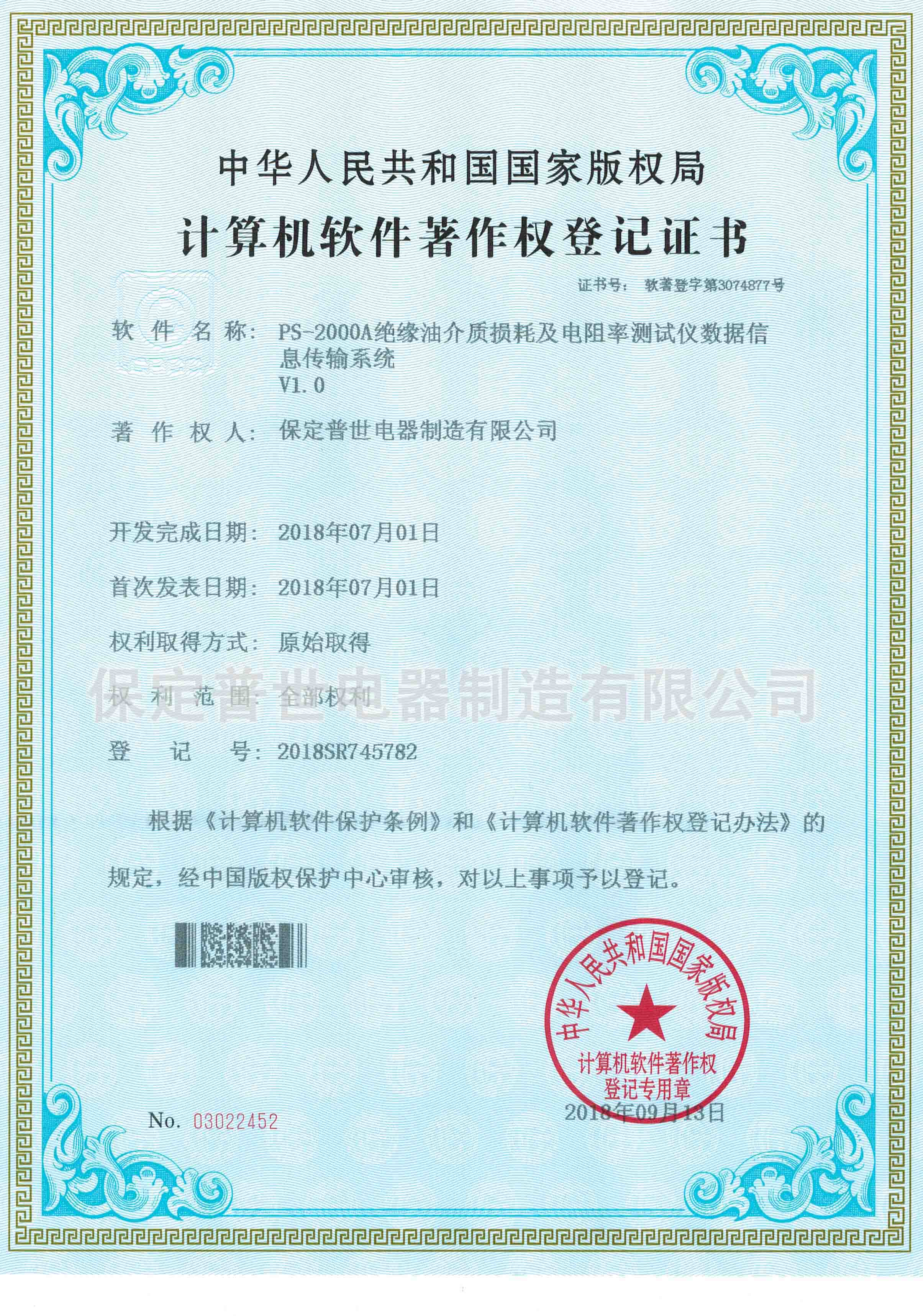 English
English


Comprehensive Guide to Winding Resistance Testers for Electric Motors and Transformers
Understanding Winding Resistance Testers An Essential Tool for Electrical Maintenance
In the realm of electrical maintenance, ensuring the reliability and efficiency of electrical machines is paramount. One critical aspect of this maintenance is measuring the winding resistance of motors and transformers. A winding resistance tester serves as an essential tool in this process, offering insights that can prevent costly failures and extend the life of electrical equipment.
What is Winding Resistance?
Winding resistance refers to the resistance of the wire windings in electric motors and transformers. It is a key parameter that indicates the quality of the winding and its ability to conduct electricity. Measuring winding resistance helps identify issues such as loose connections, corroded terminals, or deteriorated windings—all of which can lead to increased energy losses, overheating, and ultimately, equipment failure.
The Role of Winding Resistance Testers
A winding resistance tester is specifically designed to measure the resistance of the windings in an accurate and efficient manner. Unlike standard multimeters, these testers can provide precise measurements under various conditions, which is critical for diagnosing potential problems in electrical machines.
Most winding resistance testers work by applying a known current through the winding and measuring the resulting voltage drop, from which the resistance is calculated using Ohm's Law. Some advanced models also conduct tests with higher current levels, allowing for the detection of issues that may not be apparent at lower currents.
Importance of Regular Testing
Regular testing of winding resistance is crucial for several reasons
2. Efficiency Monitoring Changes in winding resistance can indicate increased energy losses within the machine. By monitoring these changes, maintenance teams can ensure that the equipment operates at optimal efficiency.
winding resistance tester

3. Safety Assurance Overheating due to high resistance can lead to insulation failures, potentially resulting in electrical hazards. Regular testing can mitigate these risks.
4. Cost Savings Addressing issues early through regular testing can save significant repair costs and downtimes associated with unexpected machine failures.
Features of Modern Winding Resistance Testers
Modern winding resistance testers come equipped with a variety of features that enhance their usability and accuracy
- Digital Displays Many testers now have easy-to-read digital displays, making it simple to view measurements and analyze trends over time.
- Data Logging Advanced models may incorporate data logging capabilities, allowing users to store and analyze historical resistance data. This can help identify long-term trends indicative of deteriorating equipment conditions.
- Multiple Test Currents Some testers can apply multiple test currents, enabling users to perform a comprehensive analysis of the winding.
- User-Friendly Interfaces Many units feature intuitive interfaces that streamline the testing process, making them accessible even for those who may not have extensive electrical experience.
Conclusion
In conclusion, a winding resistance tester is an invaluable tool for maintaining the health of electric motors and transformers. By facilitating regular inspections and analyses, these testers help prevent unforeseen failures, enhance operational efficiency, and promote safety. As technology continues to evolve, modern winding resistance testers become more sophisticated, offering features that preserve the integrity of electrical systems. For any facility that relies on electrical machinery, investing in a quality winding resistance tester is a proactive step toward ensuring reliable and efficient operations throughout the lifespan of their equipment.
-
Differences between open cup flash point tester and closed cup flash point testerNewsOct.31,2024
-
The Reliable Load Tap ChangerNewsOct.23,2024
-
The Essential Guide to Hipot TestersNewsOct.23,2024
-
The Digital Insulation TesterNewsOct.23,2024
-
The Best Earth Loop Impedance Tester for SaleNewsOct.23,2024
-
Tan Delta Tester--The Essential Tool for Electrical Insulation TestingNewsOct.23,2024





